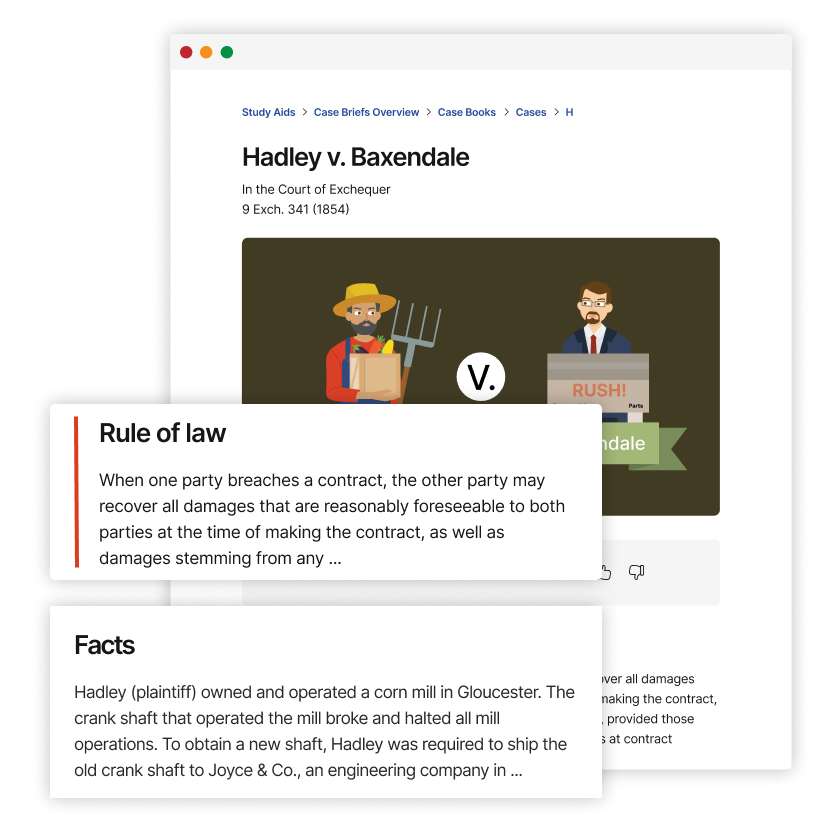Bruno v. Codd
New York Court of Appeals
47 N.Y.2d 582 (1979)
- Written by Haley Gintis, JD
Facts
A group of individuals designated as “battered wives” (wives) (plaintiffs) filed a complaint against government personnel in the New York City Family Court (family court) and the New York City Department of Probation (probation department) (defendants). The complaint alleged that the government personnel had engaged in a pattern of deterring battered wives from accessing the family court to seek protection orders against their husbands. The complaint also alleged that the government personnel had failed to apprise the battered wives of their right to refuse mediation efforts and proceed directly to court. In response to the complaint, the departments revised and implemented new regulations and policies to address the wives’ concerns. The probation department made changes to its disciplinary regulations. The regulations provided that officers would be disciplined for not responding to protection requests, not arresting the husband upon probable cause, and not remaining at the scene to ensure no further violence was committed. The probation department also established a policy of providing a written notice of the right to reject mediation and proceed directly to court. The family court responded to the complaint by prohibiting personnel from discouraging individuals to file petitions against their husbands in court. Additionally, an affidavit was filed by the family-court judge, Joseph B. Williams, in which he stated that his administration was dedicated to protecting individuals and ensuring court access. The government personnel moved to dismiss the complaint. The New York Supreme Court, Special Term denied the motion to dismiss. On appeal, the New York Supreme Court, Appellate Division reversed. The appellate division held that that the dispute was nonjusticiable because it would force the court to impermissibly invade executive authority. The matter was appealed.
Rule of Law
Issue
Holding and Reasoning (Fuchsberg, J.)
What to do next…
Here's why 899,000 law students have relied on our case briefs:
- Written by law professors and practitioners, not other law students. 47,000 briefs, keyed to 994 casebooks. Top-notch customer support.
- The right amount of information, includes the facts, issues, rule of law, holding and reasoning, and any concurrences and dissents.
- Access in your classes, works on your mobile and tablet. Massive library of related video lessons and high quality multiple-choice questions.
- Easy to use, uniform format for every case brief. Written in plain English, not in legalese. Our briefs summarize and simplify; they don’t just repeat the court’s language.






